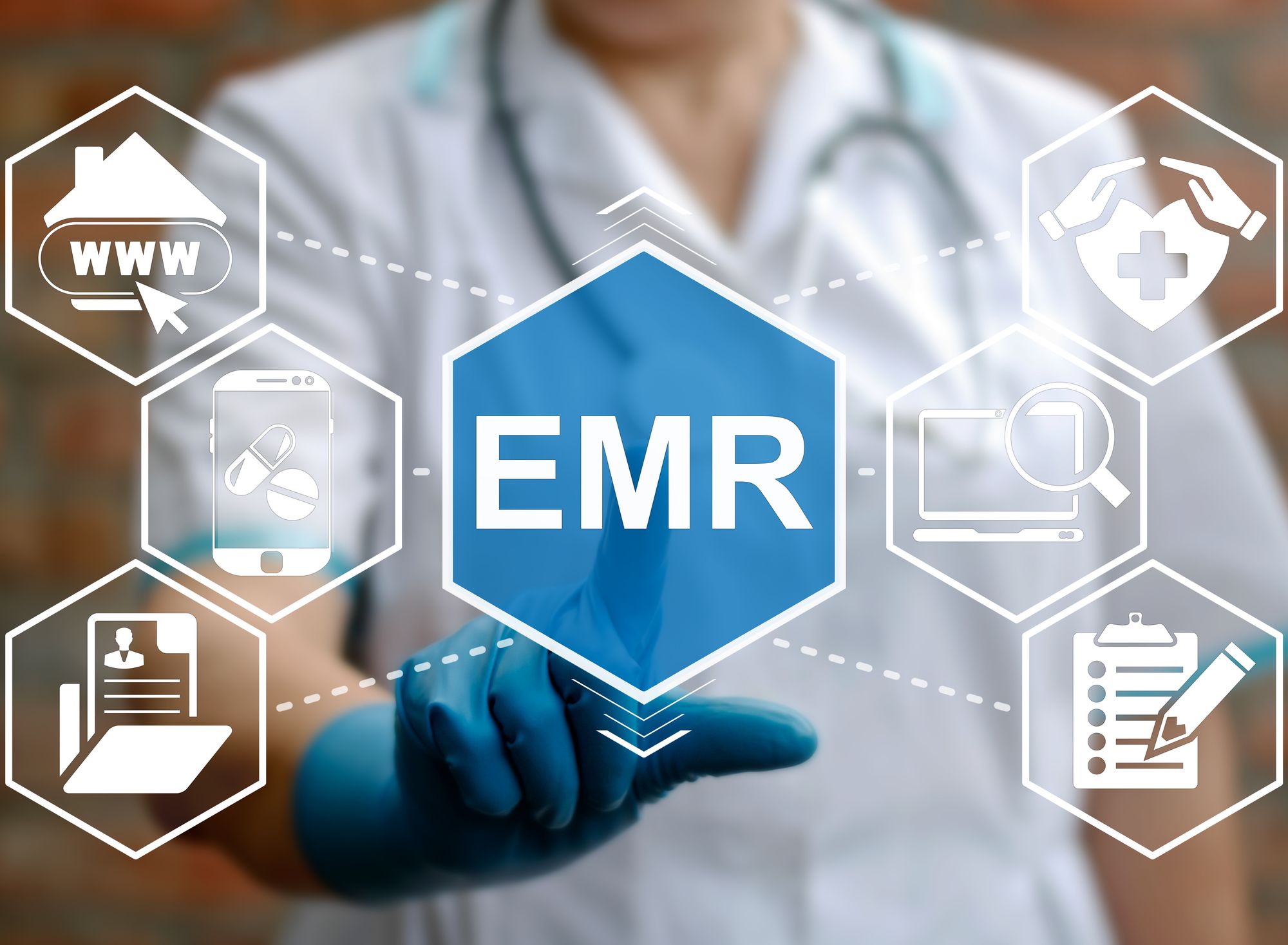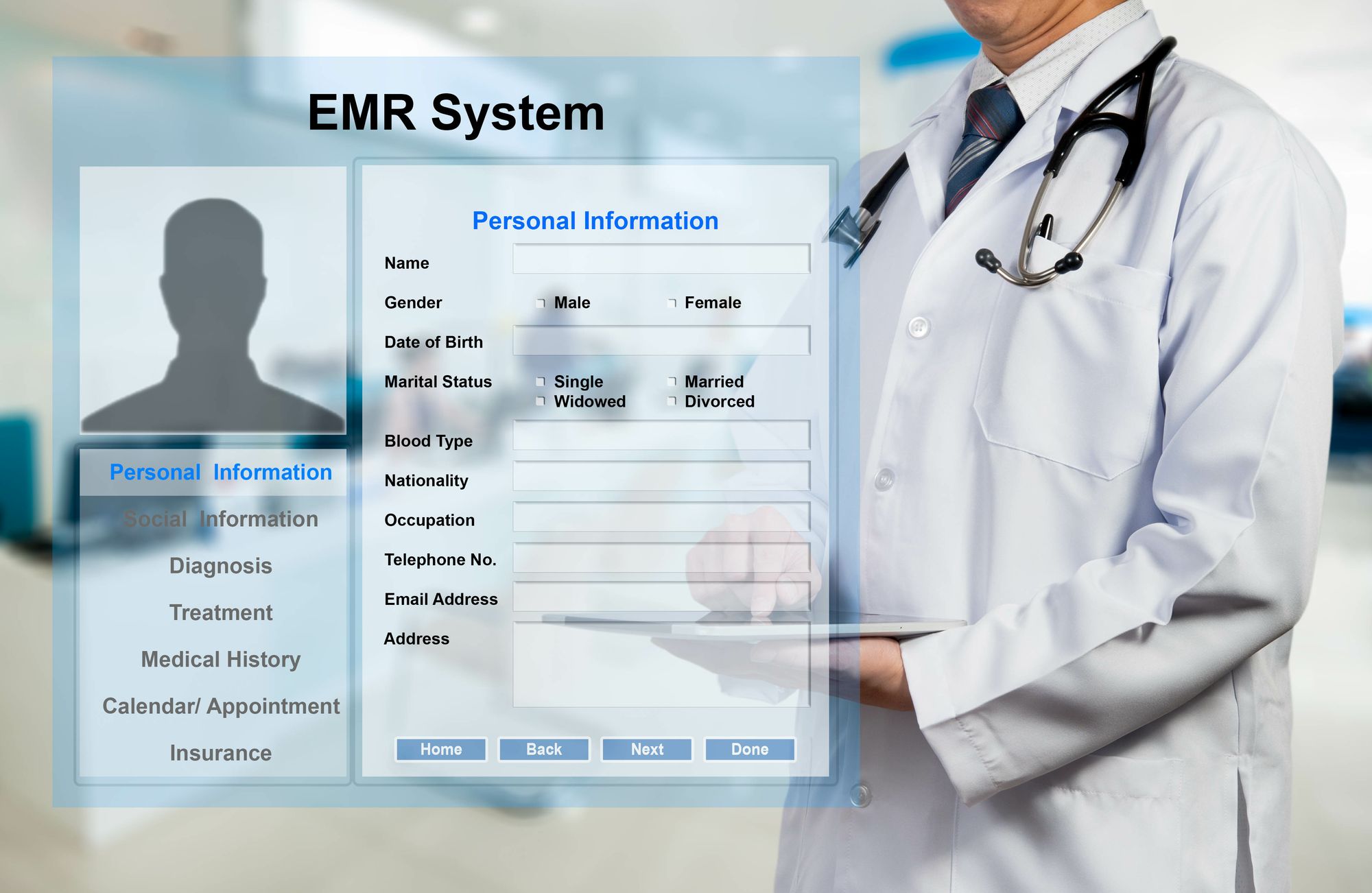4 Tips To Boost EMR Efficiency
Do you think you aren’t making the most out of your electronic medical records system? Read this article for four tips to boost EMR efficiency.
Most organizations make use of data, one way or another. Some enterprises use data to track their performance, while others require the use of data to engage in day-to-day operations properly.
Healthcare providers are excellent examples of such an organization. With patient data, healthcare facilities can provide more efficient and higher-quality care. It also allows patients to gain insights into how their health changes or evolves over time. That’s why maintaining patient data is such an essential aspect of the industry and also why it’s not advisable to only have physical copies of such data. This is the reason why EMR (Electronic Medical Records) exists.
A brief overview of EMR

EMRs are basically digital copies of patient data. Much like most digital assets, EMRs are more accessible than physical copies, but you may have to develop custom EMR software to integrate EMRs into your existing infrastructure. They contain the same pieces of information as their physical counterpart, which includes medical and treatment medical history, genetic data, lifestyle choices, and other information.
Though an EMR has various benefits, the most discernible would be increased efficiency. To be more precise, an EMR system can maximize a facility’s efficiency in the following ways:
- An EMR system allows healthcare providers to prescribe and order medication for patients online, which takes a lot less time than scheduling an appointment.
- It takes time to sort patient data, especially considering the massive volumes of data that go in and out of a healthcare facility. You can, however, reduce this time drastically with EMR systems as they can automate the entire sorting process, though it does require a bit of programming to maximize efficiency.
- You can centralize all the patient records in one place, be it a mobile device or computer, eliminating the need to look for physical copies, which usually takes time.
- Patient data is bound to change over its lifespan constantly. The facility’s staff would usually make changes manually, but an EMR system streamlines this process.
Tips to boost EMR efficiency

Looking at these benefits, it’s apparent that an EMR system can improve a healthcare facility’s efficiency. But if you want to make the most out of this technology, it would help to know that you can further increase the efficiency of an EMR system with a few tips and tricks.
With that said, below are four things you can do to boost EMR efficiency.
1. Consider using voice recognition technology
The average typing speed of an individual is 40 words per minute (WPM). But a study states that the average typing speed of residents and physicians is 30.4 WPM, which is significantly lower than the supposed mean. This goes to show that residents and even medical experts generally lack typing skills, making typing tasks a lot harder than they should be. (4)
For that reason, it’s often not advisable to rely on typing when it comes to EMR systems as it can slow down operations. Instead, it’d be best if you make use of voice recognition technology. By doing so, your staff members can input various data into the system more quickly and easily without being restricted by their typing speed. This should boost efficiency drastically. (1)
Moreover, the latest speech recognition software on the market can recognize medical terminologies easily, so you don’t have to worry about mistakes as they aren’t very common.
2. Work on your EMR system configurations/settings
To obtain an EMR system for your healthcare facility, you must look for a vendor on the market. While doing so, you’re typically given several options on how you want the EMR system to be.
Generally, EMR systems would belong to two categories: custom and default. Though opting for the default setting of EMR systems is much cheaper than custom ones, a default EMR system is often not as efficient as you’d like it to be, and for two main reasons.
One, default EMR systems typically lack features and functionality, and two, these systems, by default, lack shortcut keys, both of which can save your staff time completing repetitive tasks. In short, it’s not fully efficient.
That’s why experts advise healthcare facilities to look for an EMR vendor that’s willing to create custom software, preferably one with tons of features that eliminate unnecessary steps.
If you intend to do just that, here’s a look at some features your EMR must have:
- Document scanning to minimize the time it takes to convert physical copies into digital files.
- Medication tracking to have information about medications prescribed to your patients available at your fingertips.
- Electronic prescription to avoid errors due to poor handwriting.
- Appointment reminders to make sure you don’t miss an appointment with patients.
3. Get your EMR to mobile devices
Though one of the main benefits of an EMR system is that you can integrate it into a mobile app, that’s rarely the case in healthcare facilities. In most cases, the system is only accessible on a specific computer. While this does already boost efficiency to some extent, having the system on stationary equipment isn’t the most efficient an EMR system can be.
With that said, make sure your EMR is accessible even on mobile devices. That way, your staff can access the EMR anywhere in the facility, significantly boosting efficiency.
4- Make sure it integrates with your existing systems
Apart from the data management system, a healthcare facility consists of many other systems, each with its own role in the facility. Examples of such systems include the following:
- Financing system (e.g., payment, billing, insurance, etc.)
- Delivery system
- Prescription assistance applications
- Appointment scheduling software
If you want to maximize EMR efficiency, you must make sure the system integrates with the rest of the facility’s infrastructure. This means it should be able to transfer data between the different systems. Again, this would require the vendor to create custom software, which may incur additional costs, but it’s often worth it for that extra efficiency.
Takeaways
Electronic medical records are known for drastically boosting efficiency in a healthcare facility, but unbeknownst to many, there are still ways to further increase their efficiency.
Using voice recognition, for one, can minimize the need for typing. It’s also important to opt for custom EMR systems since default ones usually lack functionality. While you’re at it, consider finding a vendor that can integrate your EMR system with your existing software. Since you don’t want to go back and forth to your office, it’d help if the system was accessible via a mobile app. These tips should do an excellent job of enhancing your EMR system’s efficiency.
References
- “Unlocking The Power Of Speech Recognition”, Source: https://www.forbes.com/sites/forbestechcouncil/2021/11/16/unlocking-the-power-of-speech-recognition/
- “EMR System: Six Key Features to Look for”, Source: https://www.nethealth.com/6-key-features-to-look-for-when-choosing-your-emr-system/
- “Types of Information Systems Used in Healthcare Facilities”, Source: https://www.scott-clark.com/blog/types-of-information-systems-used-in-healthcare-facilities/
- “Typing Skills of Physicians in Training”, Source: https://www.ncbi.nlm.nih.gov/pmc/articles/PMC3963776/
Author: Carol Nanney
Carol Nanney is a software specialist with a keen interest in the medical field. She designs tools and applications that can help with the daily operations of healthcare service providers. In her free time, she either goes camping, hiking, or writes about topics on software development she thinks would be useful for service providers in the healthcare industry.

